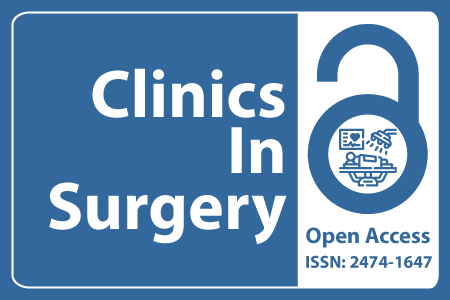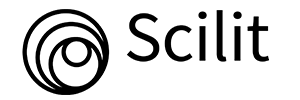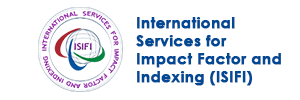
Journal Basic Info
- Impact Factor: 1.995**
- H-Index: 8
- ISSN: 2474-1647
- DOI: 10.25107/2474-1647
Major Scope
- Endocrine Surgery
- Thoracic Surgery
- Transplant Surgery
- General Surgery
- Orthopaedic Surgery
- Bariatric Surgery
- Gastroenterological Surgery
- Urology
Abstract
Citation: Clin Surg. 2017;2(1):1579.Research Article | Open Access
A Novel Technique for Composite Cultured Epithelial Autograft in a Patient with Extensive Burn Wounds: A Case Report
Wayne Kleintjes, Grant Thomas, Brogan Salence Stephan Thaele, Nico Stevenson and Brian Warren
Department of Surgery, Western Cape Provincial Tertiary Adult Burn Unit, Tygerberg Hospital and Stellenbosch University, South Africa
*Correspondance to: Wayne G. Kleintjes
PDF Full Text DOI: 10.25107/2474-1647.1579
Abstract
Objective: Our goal was to develop a simple, safe and affordable technique for cultured epithelial autografts (CEA) without delay to save our patients life. The patient was 16 years old and suffered 45% burns, and his condition was steadily deteriorating for three months in the intensive care unit. As a last resort we decided culture his skin with minimal resources.Method: A skin biopsy of 7x3 cm was taken from the patient’s hip area. The next day the patient’s wounds were covered with a xenograft, EZ Derm®. The cells cultured were nourished on a daily basis with fresh autogenous platelet-rich plasma (PRP). The cells were grown on Cutimed Sorbact dressing pads® in a paediatric incubator. Some keratinocytes grown in sterile specimen bottles and PRP were explanted on day 7 onto new Cutimed Sorbact Dressing Pads® in a second incubator. At two weeks, EZ Derm® superficial layer was removed and the CEA transplanted with the Sorbact pads directly onto the prepared wound beds. Some cells were squirted onto the wounds and dressed with Sorbact Dressing Pads®.Results: Within two weeks the whole Cutimed Sorbact pad (green) was almost overgrown with epithelial cells. An initial overall successful graft take was estimated at 75%. The patient’s final graft take at three weeks was 78%. He was discharged from the ICU two weeks after CEA application and took 2 years to build up strength to walk alone again.Conclusion: The technique has proven to be effective for CEA, biologically safe, completely autogenous, and it was life-saving for our patient. The overall graft take rate of 78% is better than the largest series in the literature (72, 7%) and may indicate an improvement in CEA technique. The biggest advantage is the cost-effectiveness, which implicates the possibility for saving serious burn victims on a very large scale.
Keywords
Burn wounds; Epithelial autograft; Cutimed Sorbact
Cite the article
Kleintjes W, Thomas G, Thaele BSS, Stevenson N, Warren B. A Novel Technique for Composite Cultured Epithelial Autograft in a Patient with Extensive Burn Wounds: A Case Report. Clin Surg. 2017; 2: 1579.













